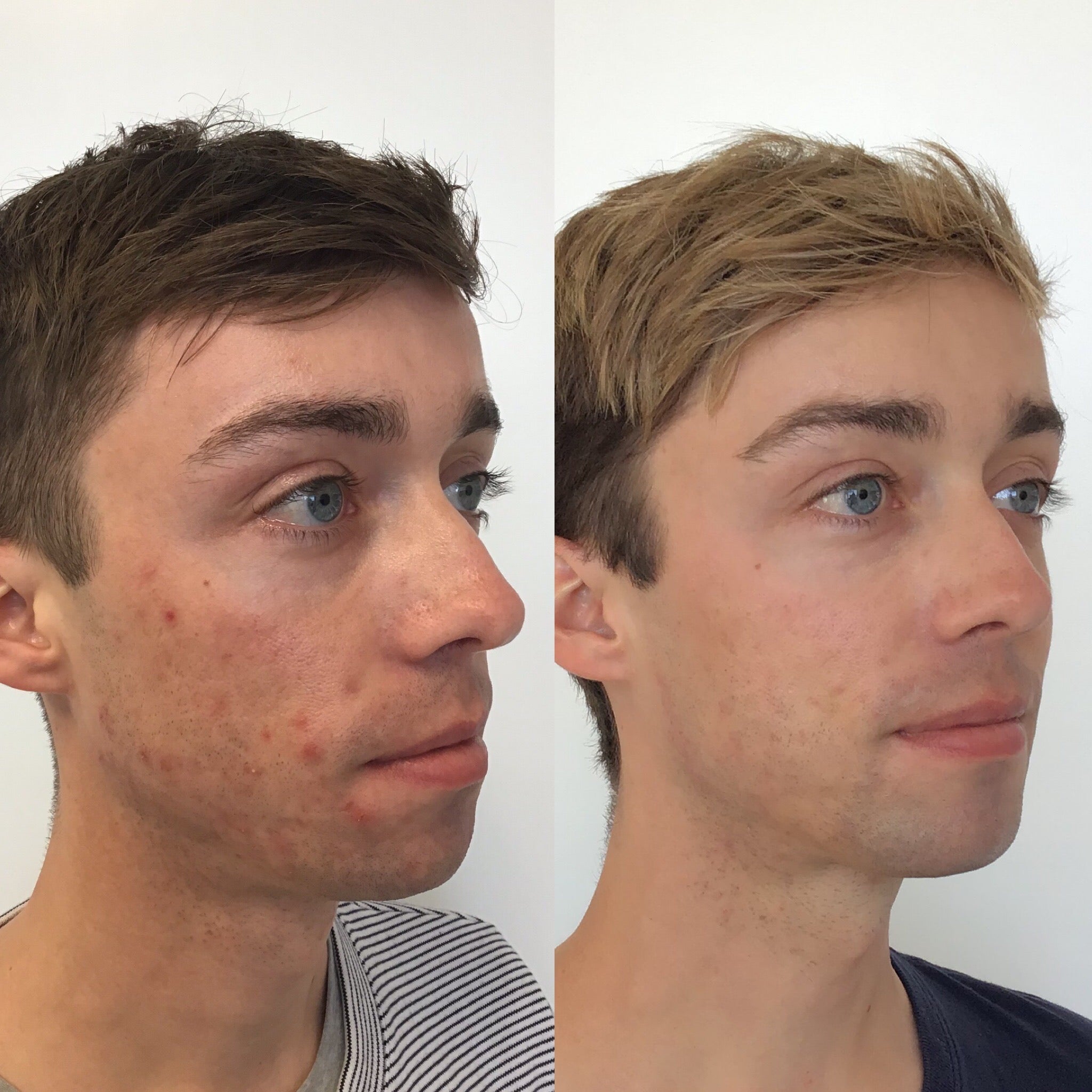If you’re thinking about incorporating this tretinoin purchase into your skincare routine, you’ll have to be sure you use it properly to avoid any unwelcome unwanted side effects. Plus, you’ll must be extra careful when out inside the sun. Read on to master why.

What is tretinoin?
Tretinoin (also referred to as prescription retinoids or prescription vitamin A) is really a highly potent, medical-grade topical vitamin A cream or gel. It contains retinoic acid, which is regarded as the biologically available active way of vitamin A, and also comes in different formula strengths.
Unlike retinol and other over-the-counter versions of vitamin A, tretinoin is really a prescription-only topical treatment. This means you are only able to purchase it when you have a script from your doctor or dermatologist who may have properly assessed your skin and deemed its use appropriate.
Tretinoin vs. Retinol: is there a difference?
Tretinoin and retinol are generally classified as retinoids — but there are a few key differences with shod and non-shod:
Tretinoin
Synthetic way of vitamin A
Only available using a prescription (classed as being a medical-grade skincare product)
Highly potent
Retinol
Natural form of vitamin A
Available over-the-counter and located in many skincare products
Milder formulation
What is tretinoin useful for?
It may seem like tretinoin just has been on the skincare radar recently, nevertheless it’s actually a popular topical treatment for acne that’s been used by almost fifty years. It has been found in lowering inflammation associated with acne, clear existing acne minimizing the severity of outbreaks.
But treating acne isn’t tretinoin’s only benefit. A 2012 study indicates it may also be helpful for:
Improving skin and texture
Reducing the appearance of face lines and wrinkles
Reducing the appearance of liver spots on the skin
Improving premature aging of skin due to sun damage (photoaging)
Other research on the use of retinoids in the treatment of skin aging found that “amongst the retinoids, tretinoin possibly is easily the most potent and certainly probably the most widely investigated retinoid for photoaging therapy.”
How does tretinoin work?
Tretinoin operates by speeding in the cellular turnover within the skin, making skin cells divide and die faster to ensure that new, healthier cells can replace them. However, to be able to stimulate this method, tretinoin must ultimately irritate your skin. This is why people often experience uncomfortable side effects when first using this product.
Most people start observing a difference of their skin after 2-3 weeks of utilizing the product, however it can take 6 or more weeks for the full benefit to be seen.
Can tretinoin fade skin spots or sunspots?
Some research suggests tretinoin can fade the appearance of liver spots on skin. However, everyone’s skin is different along with a topical treatment alone may not be probably the most effective way to fade sun spots on the face or body. This is why it’s important to consult using a dermatologist before starting any sun spot removal treatment so you can get personalised advice for the best approach to your skin.
Likewise, it’s important to have a thorough skin check by the melanographer or dermatologist to confirm whether or not the spots you want to fade really are sunspots and never something more sinister. It can be difficult to recognize the difference from a harmless sunspot as well as a potential skin cancer or melanoma so make sure to have your epidermis spots professionally checked before using tretinoin or other prescription retinoids.
What are the unwanted effects of tretinoin?
Prescription retinoids like tretinoin are extremely powerful. This means you must use them properly beneath the guidance of the dermatologist or doctor — or you could risk some unpleasant reactions like burning skin or even a damaged skin barrier.
Due to its potency, tretinoin may cause some skin irritation when you begin using it as the skin needs time to adjust on the active ingredients. Some other common unwanted effects of tretinoin include mild to moderate:
Skin redness or inflammation
Dryness
Peeling or flaking
Itching
However, most people notice a reduction in these side effects after a few weeks of employing the product.
Tretinoin photosensitivity: Why you'll want to be extra careful in the sun when working with this product
Another side effect associated with the utilization of tretinoin is photosensitisation. This means it makes you more sensitive to the sun's rays’s harmful UV rays and you may burn easily when exposed to sunlight.
From a skin cancer prevention perspective, this may be problematic. One of the key risk factors for skin cancer is really a history of sunburn so it’s clear to understand why photosensitivity from tretinoin is concerning. While there is currently no evidence to suggest tretinoin use increases your risk of skin cancer, it’s crucial that you simply take extra precautions with sun protection when you use this product.
How to protect the skin from the sun when utilizing tretinoin:
Avoid excessive sun exposure — do not utilize this product in the event you work outdoors or spend time and effort out inside sun
Wear SPF 50+ sunscreen every day — even in case you’re only staying indoors as indirect sunlight through windows can certainly still damage or burn your epidermis
Wear sun protective clothing when outdoors
Make regular skin checks part of your epidermiscare routine
At MoleMap, we agree that looking after your skin can be a top priority. But when it comes to your skin layer health, we encourage one to think beyond skincare products and begin making regular skin cancer checks part of the skin wellness routine too.
By having a professional skin check or mole check every 6 to 12 months, you’ll give yourself the best chance to catch any suspicious spots or lesions early. Plus, you’ll also love peace of mind which you’re keeping the skin safe — inside and out. Consider scheduling these regular checks at MoleMap Australia Skin Cancer Clinics for expert care and thorough examination.